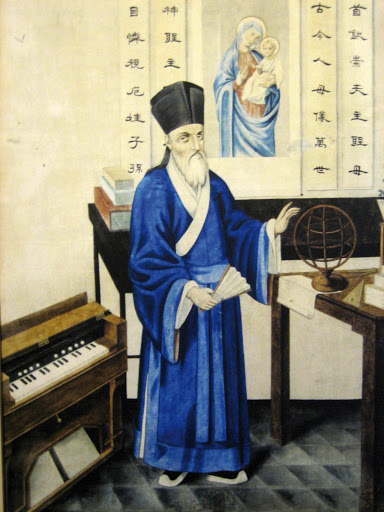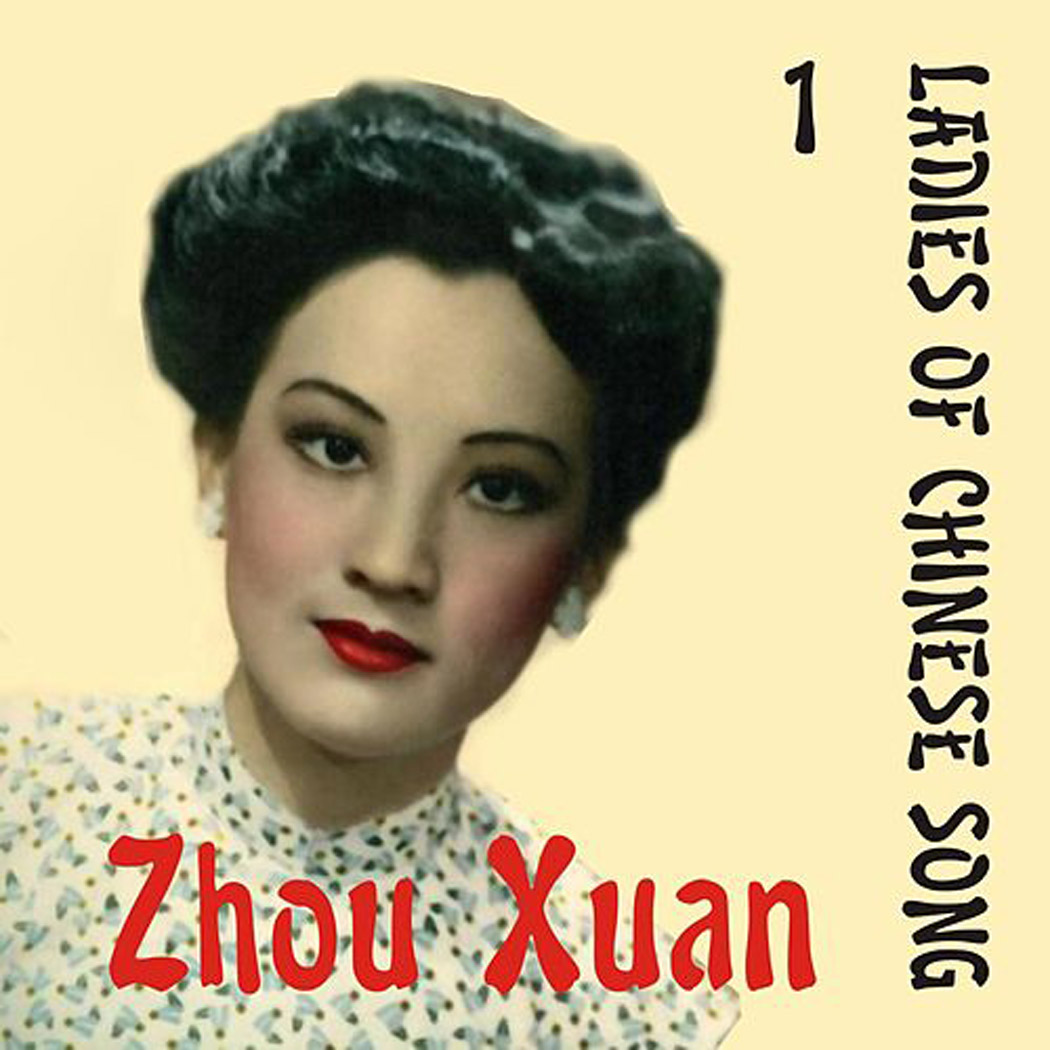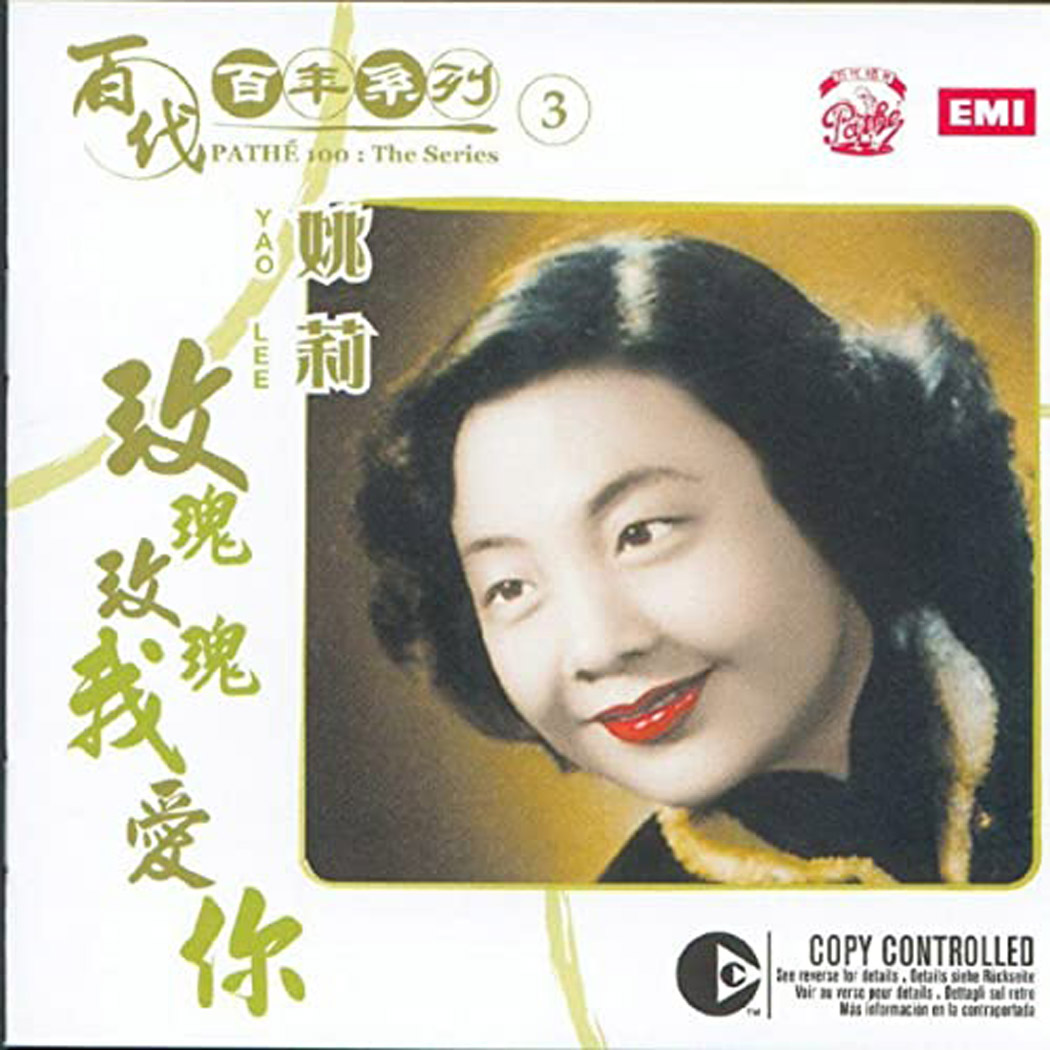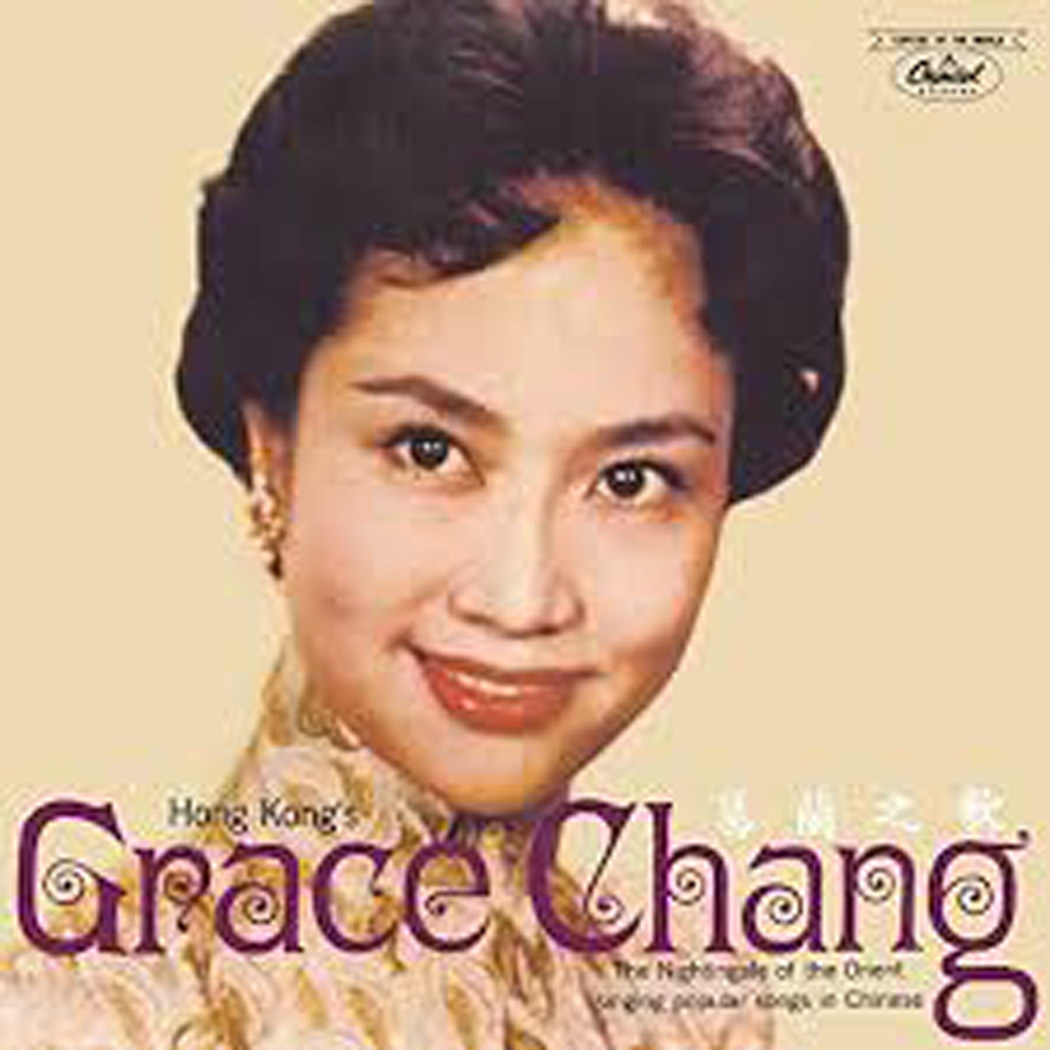If we think of China, music is certainly not the first thing that comes to mind, yet its history has been marked by music just like ours. And the history of the mixing between Western and Eastern music has distant roots.
The first European influences on Chinese music can already be found with the arrival of the Jesuits in the late Ming and throughout the Qing era. During the Ming period, in 1601 Matteo Ricci (the only Westerner buried inside the Forbidden City) brought the first harpsichord to the imperial court, taught at least 4 eunuchs to use it and composed about eight Chinese songs.

Later, during the Qing dynasty, other Jesuits such as Grimaldi and Tome Pereira entertained the court of Emperor Kangxi with their music. But European music also reached the imperial court through diplomatic missions: not to forget the expedition of Lord Macartney in 1792, which included 5 German musicians for the pleasure of Emperor Qianlong.
Until that time, Western music was the exclusive prerogative of the imperial court but, starting with the opium wars of 1849, it began to spread also among the population.
The three main vehicles of propagation were the Protestant missionaries with their religious hymns, the German soldiers with their military choirs, and the new-style schools with school choral songs (學堂 樂 歌, xuétáng yuègē), inspired by Japanese shoka (songs with a strong nationalist content arranged on western music).
In the early twentieth century, movements of Chinese intellectuals began to express their discontent with the power of the imperialist government by changing the perspectives from which to look at the Chinese tradition. With the movement of May 4, 1919, the actual study of Western musical culture began with the translation of some treatises, so Chinese music began to absorb some new harmonic and instrumental characteristics.
Conversely, in that same period, the West was unable to appreciate Chinese music. For example, it is told of the famous composer Hector Berlioz who in 1852, after attending a concert of Chinese music in London, defined it as “a set of vocal and instrumental noises”.
At the beginning of the 1920s, radios and records with the gramophone began to spread in China and musical styles began to influence each other. Thus traditional songs (弹词, táncí) could be heard on the radio interspersed with advertising jingles and nationalist slogans, while Cantonese musicians began to use banjos, guitars and saxophones for the music of their region.

Also in this period, between 1927 and 1936, thanks to Li Jinhui, that mix of American jazz, Hollywood film music and traditional Chinese music began to form, which was first called "Song of the Era" (時代 曲, shídàiqǔ) and following the communist victory of 1949 Musica Gialla (黄色 音乐, Huángsè yīnyuè).
The heyday of Yellow Music occurred in the 1940s in Shanghai and its spread lasted until 1952, when the communist regime began to ban nightclubs and pop music production. At that point, the musical tradition moved to Hong Kong, where it peaked between the 1950s and the late 1960s before declining and giving way to pop-singing and Taiwanese pop.

It should be emphasized that the colour yellow in China was associated with the pornography sector, in part still today, so the "yellow" meaning given to this type of music was highly derogatory. Another derogatory reason for this music was certainly due to the crucial role played by the women who for the first time were protagonists with the 'sing-song girls' or songwriters (哥 女, gē nǚ).
To give an idea of this climate of distrust if not contempt, in 1961 the term Musica Gialla (Yellow Music) appeared in the etymological dictionary (辞海, Cíhǎi) which defined it as "vulgar music of the bourgeoisie, with an obscene and pretentious sound, whose content promotes the decadent life ".
The main exponents of Yellow Music were Zhou Xuan , the "Golden Voice", Yao Lee , one of the seven silver voices, and Grace Chang with the famous Mambo Girls , a multifaceted figure both in the role of actress and singer.

Today this music is highly re-valued and considered a part of the history of China that is still heard and sometimes used in the soundtracks of current television productions.








Follow us